Opposed the Belief That This Type of Art Should Be Focused on the Teaching of the Society of Jesus
Throughout the history of Christianity, the Church has used fine art to tell its stories, teach the Faith, and educate the faithful.
Stained drinking glass windows, icons, paintings, and statues were the most common ways of teaching the early Christians. Since most people at that time could neither read nor write, art was a crucial way to share stories from the Bible and to present truths of the Organized religion. Through these cute representations, even young children could learn the stories of Christianity.
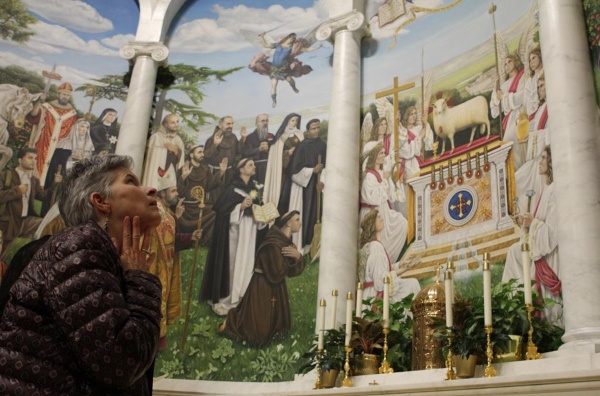
Photograph credit: SueAnn Howell, Catholic News Herald
Fast-frontwards to today. Christian art is a wonderful way to beautify our homes, take a formative effect on our families, and inspire us in our day-to-twenty-four hours lives. To display holy art in our homes is to enrich and inspire our families with the glorious truths of the Catholic religion. And there are so many choices, at present that such artwork is more than accessible than e'er before.
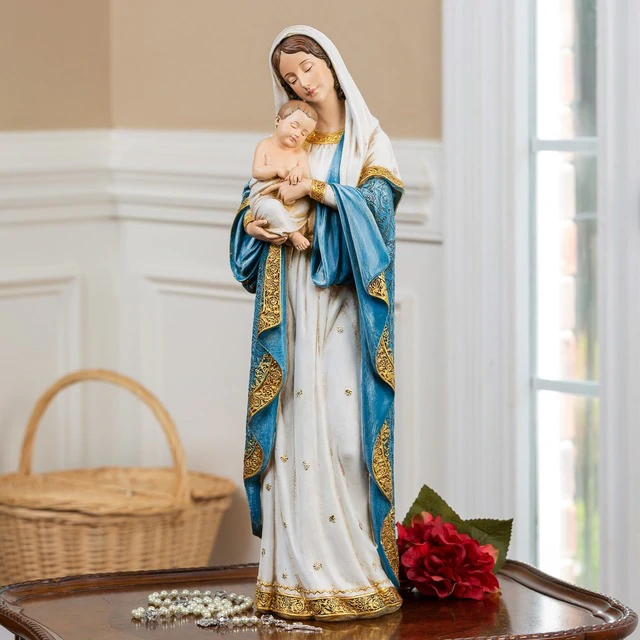
Rather than beingness just decorative, these images provide focal points during prayer; encourage deeper devotion; lift our hearts to heaven every bit we go most our days; and uniquely reflect who we are equally followers of Christ.
(If yous want to learn more almost bringing a Christ-centered atmosphere to your home, you lot'll desire to sign up for this serial: Catholic at Home. Don't miss it!)
A Source of Confusion?
The statue is one of the almost distinctive forms of Catholic art.
Information technology is also one of the most misunderstood forms of Catholic art.
The use of statues in prayer—and the reverence they receive—has been fiercely disputed. Viewed by some not-Catholics with outrage, and past some with mere curiosity, the making of religious images had been a source of argument amongst various members of the Church in earlier centuries.
Some Christians insisted upon a particular interpretation of the Old Testament passage in which Our Lord commanded the Israelites:
"Do not turn to idols or make for yourselves molten gods: I am the Lord your God."
—Leviticus nineteen:four
Misapplication of this commandment—which claimed that statues used for veneration were idols used for worship—acquired controversy within the Church building.
To resolve this, the Church formally confirmed the employ of statues and other fine art as a ways of veneration at the Second Council of Nicaea in 787 A.D. They antiseptic, approved, and encouraged the honoring of Our Lord, Our Lady, saints, and angels, through the proper use of statues.
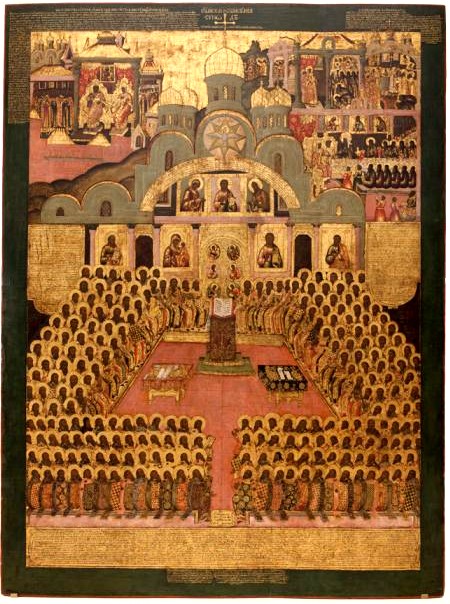
What the Catechism of the Catholic Church Says
The Catechism provides articulate instruction on what we believe when nosotros display and venerate holy statues:
In the Old Testament, God ordained or permitted the making of images that pointed symbolically toward salvation past the incarnate Word: so it was with the bronze ophidian, the ark of the covenant, and the cherubim.
—The Canon of the Catholic Church, 2130
Christian veneration of images is non contrary to the beginning commandment which proscribes idols. Indeed, "the honor rendered to an prototype passes to its prototype," and "whoever venerates an prototype venerates the person portrayed in it." The honor paid to sacred images is a "respectful veneration," non the admiration due to God lone.
—The Catechism of the Catholic Church, 2132
And so why should we bring Catholic statues into our homes?
[[1872]]
Honoring and Remembering Who We Are
We continue photos of our loved ones in our homes. We do not worship these photos. We enjoy seeing these pictures and remembering our family and friends; it fills our hearts with love.
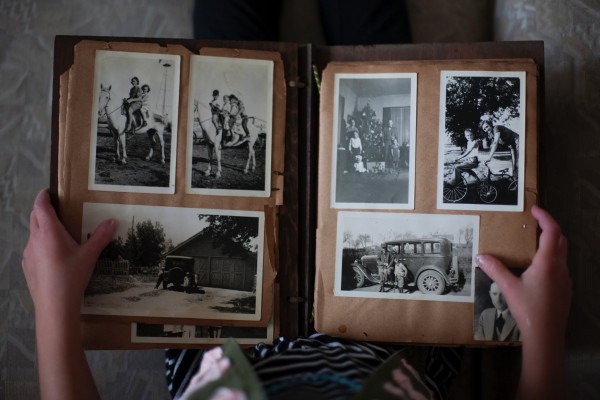
Statues of famous people beautify our government buildings, parks, and memorials. We honor these famous people, preserve their memories, and recall their contributions with gratitude when nosotros look at their statues. We do not worship them—nosotros commemorate them considering they have contributed to order in some of import way.
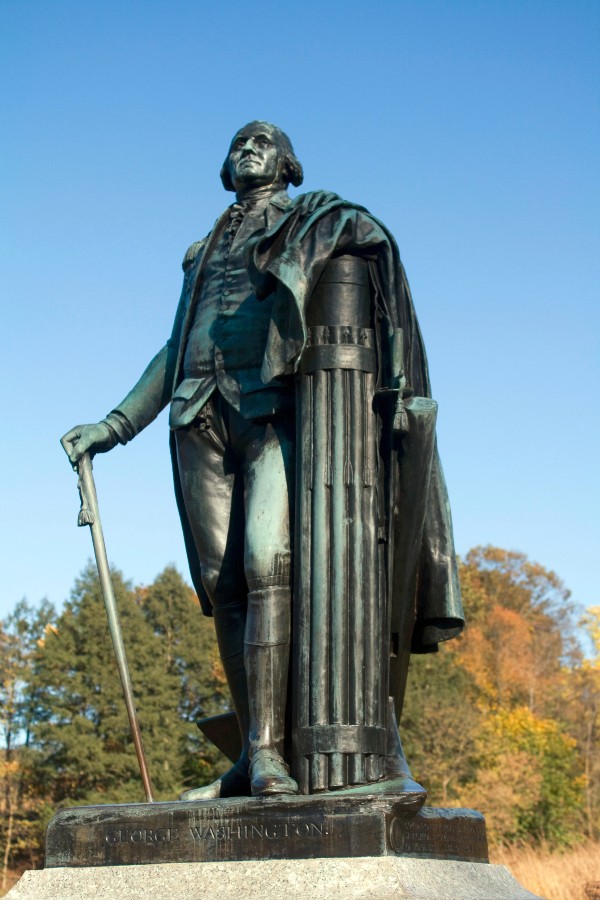
In a like manner, Catholic statues honor and preserve the retentivity of the important men and women whom the Church recognizes equally holy. The saints are notable people who should be honored and remembered for their incredible lives on earth and their office in shaping our history.
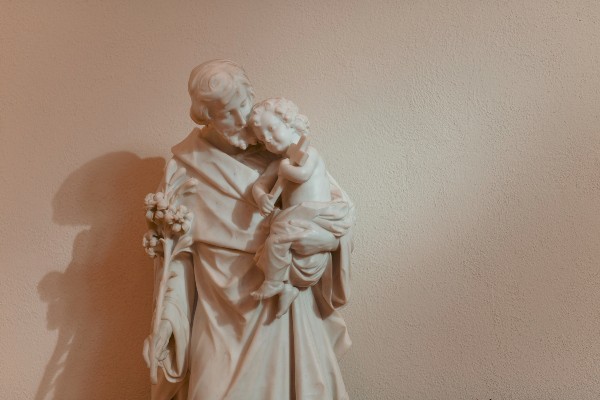
Nearly all Christians dearest birth scenes at Christmas. Nativity sets elevator hearts to the heavenly reality of God, and telephone call to mind the great mystery and gift of the Incarnation. Notation that nativities are non mistaken for idols! Catholics know that a statue is not an idol, but a concrete likeness of someone we honey and want to honor and remember.
Worship is reserved for God lone. We venerate Our Lord when we kneel before His likeness. He is the object of our dearest and worship, non the piece of statuary. It is merely a representation of Christ, one that helps us keep our attention on Him, even though it falls short of His greatness.In that location was a time when God's people—the Jews—did not make images of Him, considering He had not revealed Himself in a grade that we could see.
With the coming of His Son, we take seen the face of God. "He who has seen me has seen the Father," said Jesus to Philip (John 14:9). That is why Christians began to lovingly create images of Christ. They had beheld Him in the flesh.
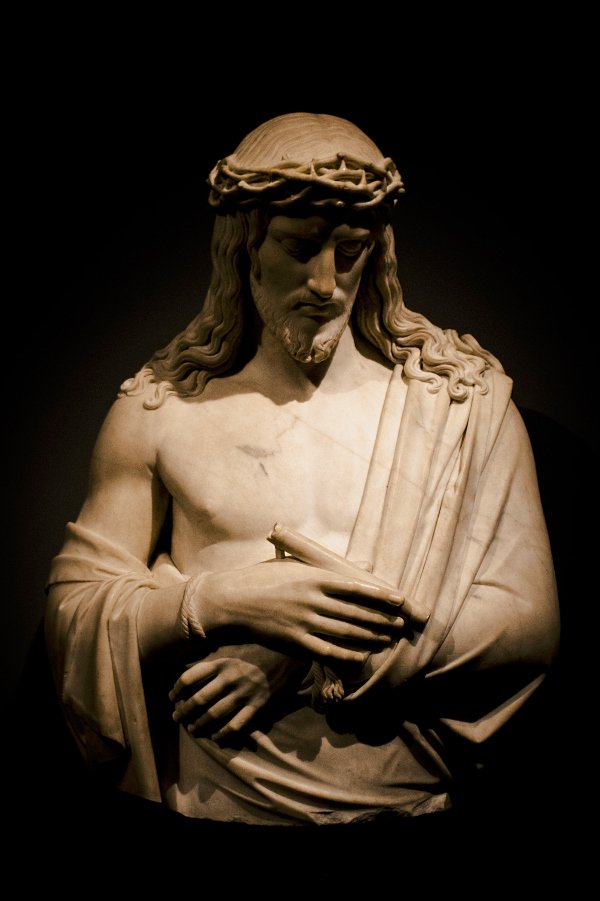
five Reasons to Have Catholic Statues in Your Home
one. Statues are powerful visual reminders of our faith.
There is cracking truth to the saying "Out of sight, out of mind."
Nosotros alive in a corybantic world and despite our best efforts to remain in the presence of God and continually elevator our minds and hearts to Him, our busyness tin can get the best of u.s.a.. A statue serves equally a visual reminder to keep our principal focus on spiritual realities—non earthly ones.
2. Statues are an opportunity to evangelize.
Due to the misunderstanding in regards to their veneration, a statue in a Catholic home can open the door to a discussion with family members or visitors. When a non-Catholic takes notice of your Catholic statues, ask the Holy Spirit to assist you explain what your statue represents and how the statue inspires you to retrieve it.
[[18353]]
iii. Statues serve every bit starting points (or focal points) for prayer.
A statue, or any image, tin can evoke emotions, feelings, and meaning non easily captured in words. This is some other way in which sacred art adds a powerful dimension to prayer. Looking at a statue can bring your mind dorsum to your prayer and meditation if your attention wanders. It can proceed you engaged and nurture your prayer life, specially if you have a hard fourth dimension quieting your listen to settle into prayer.
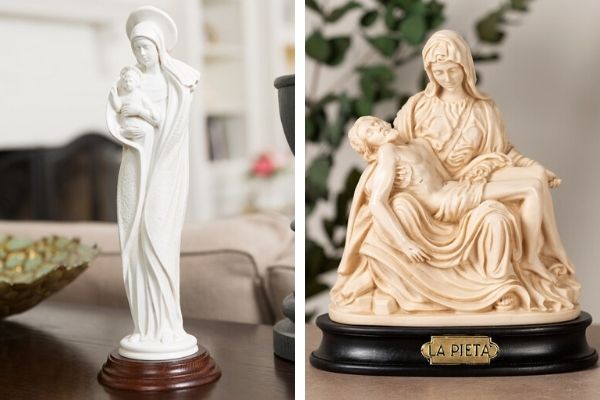
4. Statues encourage deeper devotion.
We are part of a universal customs of believers—both on earth and in eternity—who together seek deeper union with God. When we honor special saints in our homes, we nurture devotion to these holy intercessors. Each fourth dimension nosotros laissez passer past a statue in our abode, we can interiorly ask the saint to back-trail us in our spiritual life—and gradually enter into a deeper relationship with that holy friend and intercessor.
five. Statues are reminders of the important place our faith deserves in our homes.
Your home is a unique reflection of you lot and your family. There are special things you own which have a distinctive character; the spaces of your abode represent your individuality. When we place Catholic statues or art in our homes, we are sharing the importance and the primacy of place that our organized religion deserves in our lives.
[[5745]]
We are concrete beings with 5 senses given to u.s. by God, and we worship with our whole person. Many elements of our Cosmic faith reverberate that agreement. Ours is a faith in which visible and tangible realities reverberate the Divine.
The physical reality of a statue reminds us of the very existent mystery it represents. A statue itself is merely a bespeak of reference—one that allows us to meditate on and contemplate the mysteries of God more hands. It is a representation of a heavenly reality, reminding usa of the eternal destiny to which we are called.
Is there a favorite statue in your home that has inspired you and become special to your family? Tell us about it!
Exercise you have childhood memories of saints who were special to your family and honored in your home?
How has venerating the statue of a favorite saint helped yous in your spiritual life?
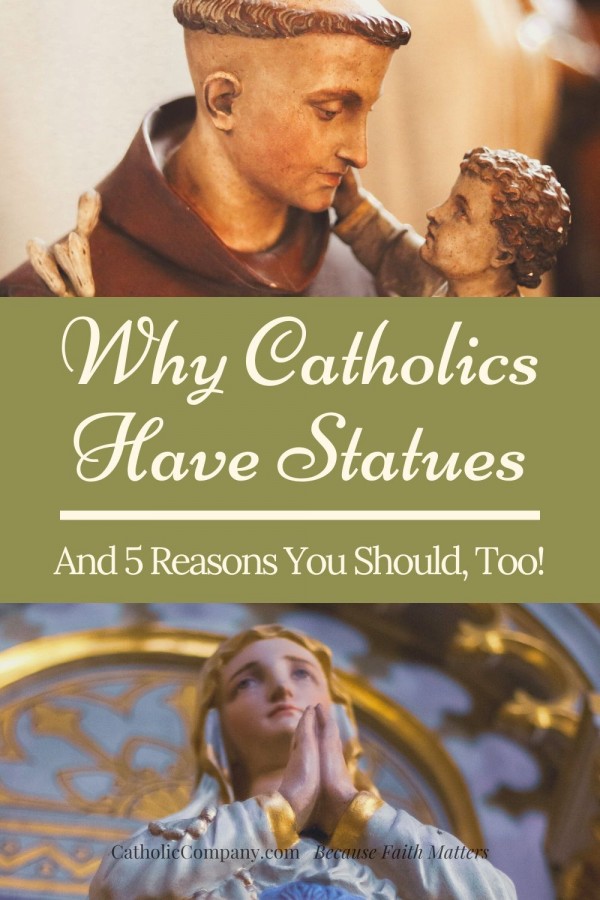
[[1214]]
Source: https://www.catholiccompany.com/magazine/why-catholics-have-statues-five-reasons-you-should-6610
0 Response to "Opposed the Belief That This Type of Art Should Be Focused on the Teaching of the Society of Jesus"
Post a Comment